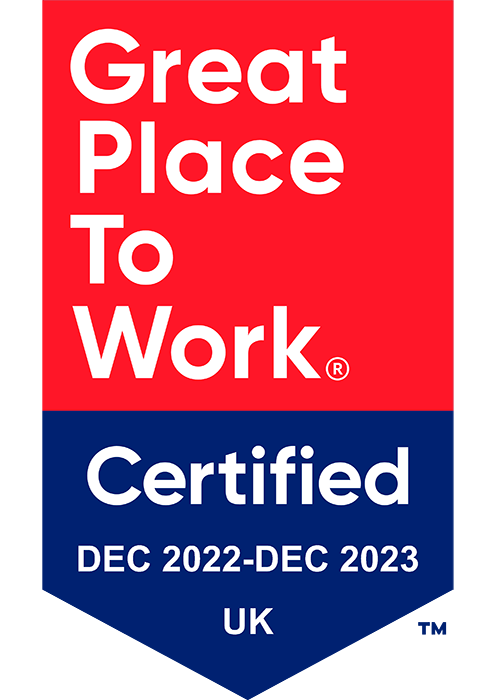Have you recently identified an employee who has a health problem? How do you confidently manage their issue correctly and appropriately?
This is when an Occupational Health provider can step in and manage this process for you. By selecting the right partner you can provide the employee an excellent service to ensure they trust your observations to help manage them during the referral management process.
1. Instruct an Occupation Health Provider
Once engaged with an Occupational Health provider of your choice it’s recommended to set up a service level agreement. This is good practice, especially with complex cases.
It must be absolutely clear from the outset, that in law, it is the manager’s responsibility to make any decisions after the recommendations from occupational health. Occupational health has no responsibility to make employment decisions.
2. Create an open dialogue with the employee and the Occupational Health team
This is when you use the management referral service as you will require an expert opinion in most circumstances. However, one of the biggest issues is when the employee and the manager have different versions of the truth. And particularly difficult in cases of bullying, harassment and stress at work.
Although the worker has the opportunity to talk to the OH doctor or nurse; the only information coming from you is on the referral form.
3. Review the report in detail
Occupational health discusses and agrees on the final report with the employee during the consultation. Eighty percent of the time the report will be satisfactory and what you expected; but twenty percent could be contentious.
If you get a bad report, contact the author of the report immediately and discuss (rationally) how and where the report fails.
4. Be confident with feedback and negotiations
If the report has factual errors or is unhelpful, make an appointment to talk or see the occupational health practitioner and ask for corrections to the inaccuracies. It may be obvious to you, but explain why the recommendations are unworkable and suggest alternatives, built on what’s already been recommended.
You and the occupational health professional must try to reach an agreement. If you agree, ask they change their recommendation accordingly.
It may be that there are no options possible, so this needs acknowledging too.


